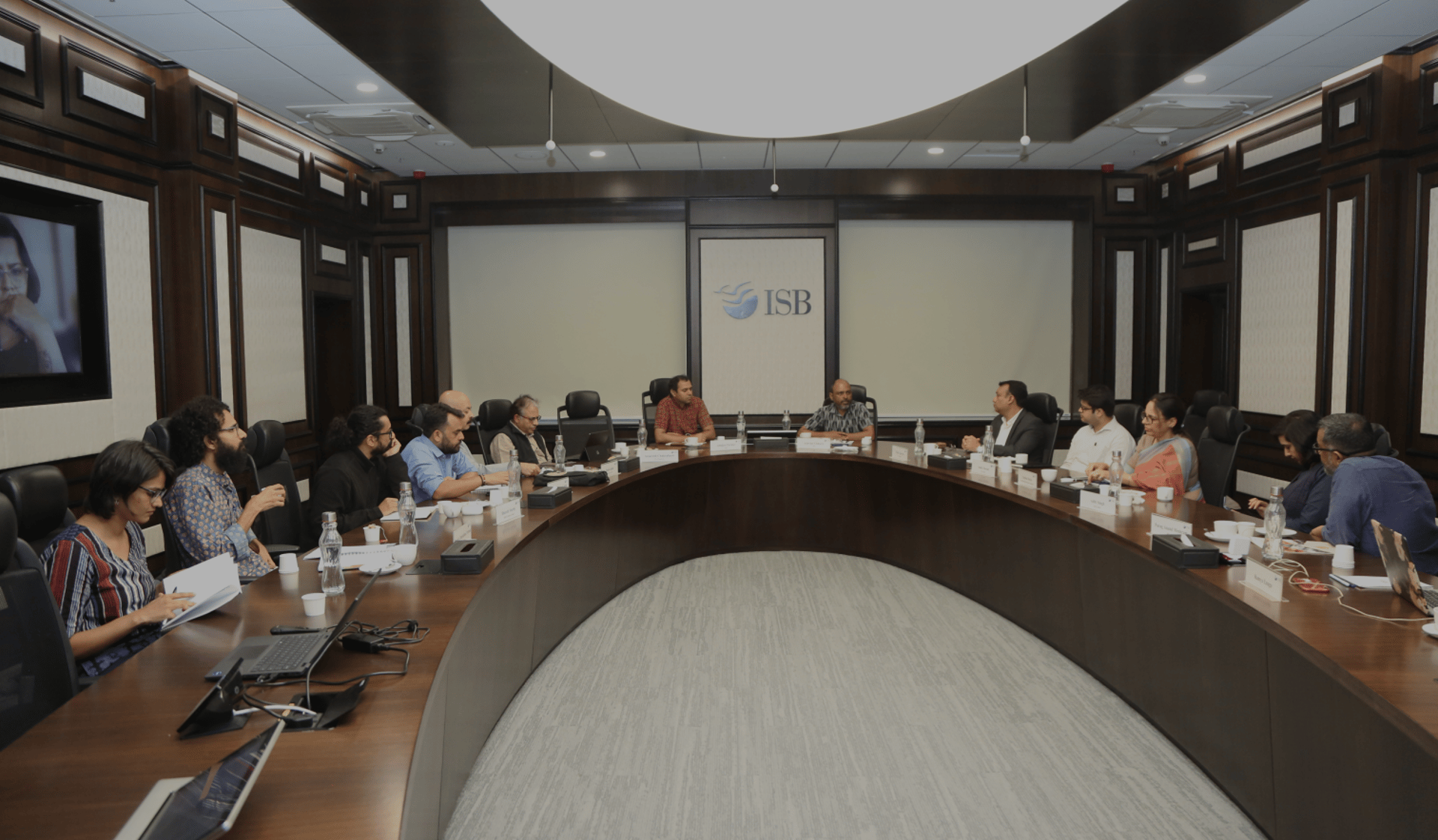
Roundtable on Design and Communication for a Sustainable Forest Economy
01.12.22
The Initiative on the Forest Economy (IoFE), led by the Bharti Institute of Public Policy (BIPP) at the Indian School of Business (ISB), convened a roundtable titled ‘Design and Communication for a Sustainable Forest Economy’ in November 2022.
Designers, artists, and representatives from civil society organisations (CSOs) came together for this closed-group discussion, contributing diverse perspectives on design, creativity, and community engagement. The roundtable explored how a thriving forest economy model, rooted in secure tenure, can benefit industries, forest-dependent communities, the macroeconomy, and the sustainable management of forest resources.
About the Event
Prof. Ashwini Chhatre, Executive Director, BIPP–ISB, emphasised the need for robust design frameworks to support effective dissemination of information. Reducing information asymmetry among stakeholders, he noted, is essential for the forest economy model to succeed. With better access to information, forest-dependent communities, government agencies, private enterprises, technology developers, and suppliers can make informed choices and collaborate more effectively. He also highlighted that public and private schemes can enhance opportunities, particularly by strengthening the role of women in the forest economy value chain.
Importance of Robust Information Dissemination
Key stakeholders shared their experiences and perspectives, offering practical insights into how technology, design, and communication can strengthen the forest economy.
Technology and Indigenous Design
Representatives from the Startup Incubation and Innovation Centre (SIIC) of the Indian Institute of Technology (IIT), Kanpur, shared their experiences under the Technology for Tribal programme. They explained how a jamun pulp production unit was set up, reducing waste by approximately 50 per cent through streamlined processes.
They stressed the importance of integrating indigenous systems into modern technology. This approach, supported by advances in biosciences, can help manage forest products more sustainably. However, a significant information gap persists, requiring stronger collaboration between public and private entities. They also noted financial challenges in implementing solutions that emerged from hackathons and called for adaptable business process frameworks.
Design Solutions for Local Needs
Faculty members from the School of Planning and Architecture (SPA), Delhi, spoke about prototype business models, cost-effective technologies, and logistical support. They shared an example of students designing a solar-powered incubator to meet the needs of regions with limited electricity access. Such simple yet robust solutions illustrate how conventional technology can be adapted for forest-dependent communities.
Communication and Awareness
Delegates highlighted the importance of creating awareness about forest-based products. Raising demand at scale can encourage larger companies to adopt sustainable business models. Representatives from IIT Bombay’s Industrial Design Centre (IDC), The Echo Network, and the Srishti Manipal Institute of Art, Design and Technology shared their experiences in using storytelling tools to build awareness and enhance women’s engagement in the forest economy.
They suggested using creative mediums, such as puppetry, plays, comics, and films, along with documentation, to promote seasonal forest products (SFPs). Empathetic listening and acknowledging community needs were identified as essential for designing supportive economic models. Delegates also stressed that training youth with socio-ecological and cultural sensitivity can enrich the forest economy model.
Perspectives from Key Stakeholders
The roundtable concluded with several key recommendations:
The delegates recommended fostering institutional collaborations between IIT, ISB, and the National Institute of Design (NID) to contribute expertise in design, mentorship, strategy, and communication.
The participants recommended building stronger market linkages for SFPs by selecting ecologically viable regional products, piloting projects, and scaling them across India.
They proposed designing business frameworks that integrate political, economic, and communication factors.
They called for expanding healthcare, education, and income opportunities for forest-dependent communities through initiatives, such as the Pradhan Mantri Van Dhan Yojana’s Entrepreneurship and Skill Development Programme (PMVDY–ESDP), while safeguarding cultural identity.
The participants urged the use of diverse communication channels to overcome linguistic and cultural barriers, while ensuring dignity and visibility for tribal groups through governance mechanisms.
They recommended establishing autonomous business frameworks that empower communities and enable value chain facilitators to exit eventually.
Prof. Chhatre emphasised building an ecosystem where forest-dependent communities gain access to education, fair wages, insurance, and social security. He argued for identifying unjust value chains that marginalise women and reorganising them to enable fairer local market participation.
He also spoke about empowering communities until local leadership emerges and a viable action plan is created. By strengthening direct sales of SFPs to industries and forming long-term partnerships, communities can achieve greater value capture.
Looking ahead, he underlined the importance of profit-sharing and licensing models that reinvest in natural systems. Leveraging traditional knowledge from biodiversity registers could also inspire future innovations and sustainable solutions.
Principal Ideas from the Discussion
The roundtable highlighted that development initiatives, such as the forest economy model, fundamentally rely on communication. This involves dialogue within forest-dependent communities, between communities and government stakeholders, and between communities and the private sector.
Designing communication processes that carry both information and emotion—such as hope or concern—is crucial to building trust and achieving impact. The delegates concluded that design thinking offers a strong framework for enabling development communication. Applied effectively, it can help create structures and processes that drive the intended change.
Way Forward
Ms Aditi Singh, Assistant Professor, Department of Industrial Design (DoID), SPA Delhi
Mr Ankit Saxena, Assistant Vice President (AVP), SIIC, IIT Kanpur
Mr Bharat Chhitubhai Parmar, Assistant Professor, IDC, IIT Bombay
Mr Bharath Murthy, Associate Professor, Srishti Manipal Institute of Art, Design and Technology, Bangalore
Prof. Danish Iqbal, Dean and Course Director, AJK Mass Communication Research Centre, Jamia Millia Islamia, Delhi
Ms Digangana, Head of Communications, The Echo Network
Mr Mukesh Kumar Gupta, Head, Livelihood Programme, Barefoot College, Tilonia, Rajasthan
Ms Neelima Hasija, Head, Integrated Design Service, NID Ahmedabad
Mr Nikhil Agarwal, Chief Executive Officer (CEO), SIIC, IIT Kanpur
Mr Parag Anand Meshram, Associate Professor and Head, DoID, SPA Delhi
